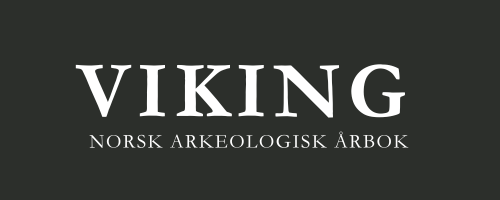No Man’s Land or Neutral Ground: Perceived Gendered Differences in Ideologies of War
DOI:
https://doi.org/10.5617/viking.9049Sammendrag
This article approaches gender in the Viking Age as a fluid social category, to be understood through an intersectional lens alongside other cultural variables. Using material from the Vestfold region, the article argues that the perceived genders encountered in mortuary remains from the area display a significant amount of social similarities. It therefore proposes to explore the expression of social roles across, rather than within gendered lines. The approach challenges the traditional tendency of dividing gendered archaeological remains based on a few, select categories singled out from the grave goods. It suggests that a more open approach would avoid overlooking real and tangible levels of shared expressions between graves assigned different gender in many mortuary contexts.
The article challenges the idea of a Viking Age instigated by male violence and the interlinked belief that women are naturally less inclined to violence and more disposed to be nurturing and caring. These concepts are examined as modern constructs and as such they are not applicable to the past without scrutiny. I argue that the idea of a Viking Age warrior
ideology, which leaves no room for women, is culturally ingrained and needs to be questioned in light of both archaeological material and written sources. By critically examining the ideas mentioned above, wider discussions can be created, where gender does not necessarily play a limiting role in the enactment of certain social ideologies. Hence, this article does not seek to detail the specifics of female involvement in war, but rather to explore the cultural contexts that have influenced perceptions of such participation.
Nedlastinger
Publisert
Utgave
Seksjon
Lisens
Fra og med årgang 2016 er innhold i tidsskriftet Viking - dersom ikke annet er uttrykt - lisensiert gjennom Creative Commons Lisens BY-NC-ND-4.0. Dette betyr at innhold kan kopieres, distribueres og spres i hvilket som helst medium eller format, så lenge disse vilkårene er fulgt.



